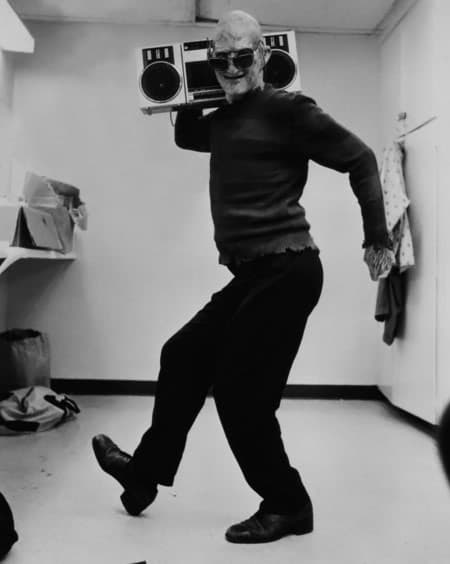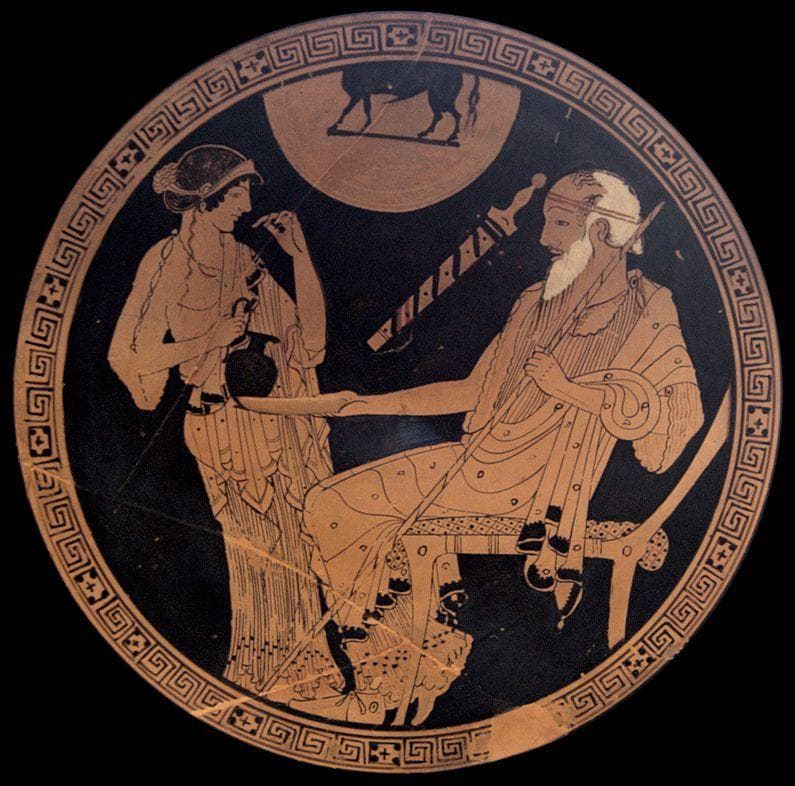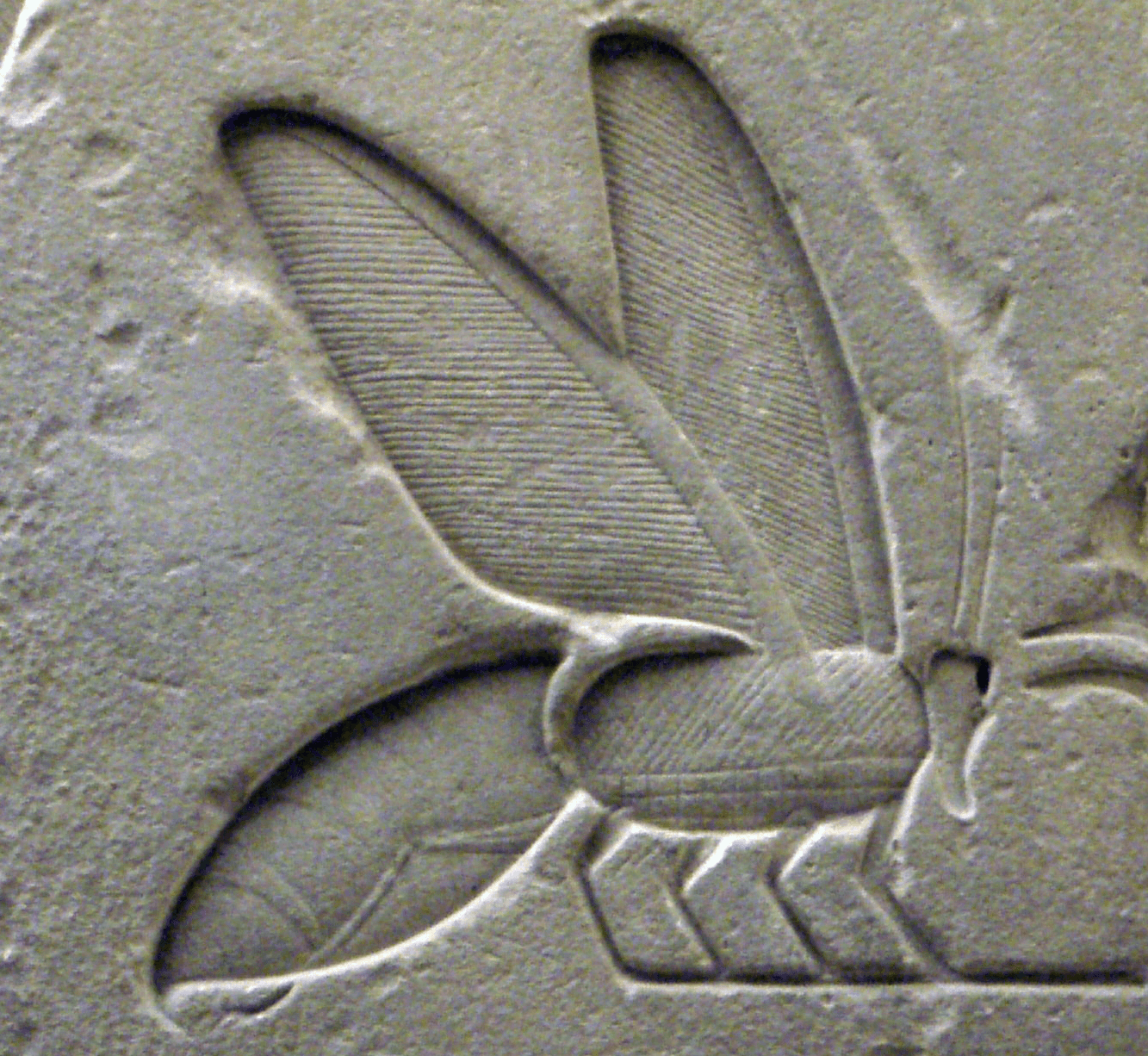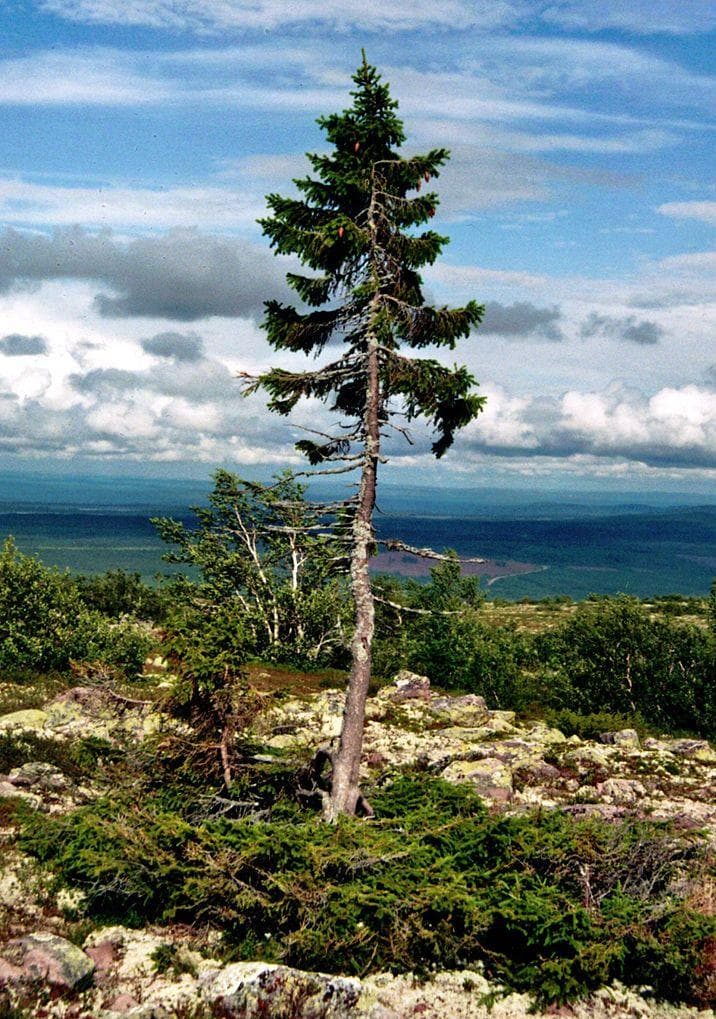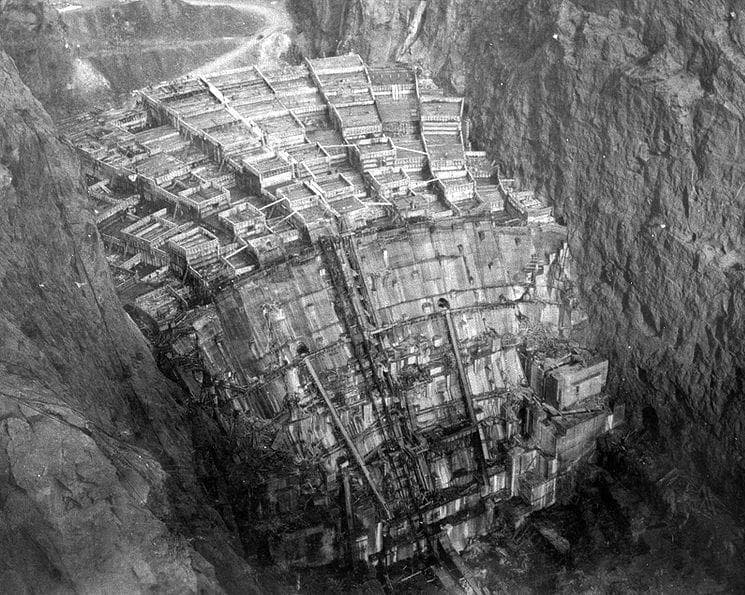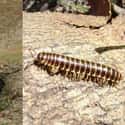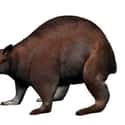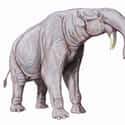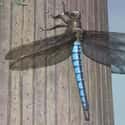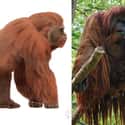-
(#3) Rat
Instead of a small, furry creature loitering around your dumpster, imagine a ten-foot-long, 2,200-pound monster of a rat that could comfortably fend off saber-toothed cats and meat-eating birds. That’s the story of the Josephoartigasia monesi, an ancient, bull-sized relative of the rat and the world’s largest recorded rodent. This creature most likely fed on aquatic plants and fruits because of the shape of its teeth and lived in South America with an abundance of similar creatures. So next time you get scared by a rat, remember that dealing with a small rat is far preferable to dealing with its ancient brethren.
-
(#14) Millipede
Millipedes are tiny creatures, but something about their abundance of legs and their scuttling mobility make them creepy. You shouldn’t freak out too much, though, because encountering a tiny millipede is vastly preferable to coming across their prehistoric ancestor, the arthropleura. This creature casually roamed about 300 million years ago and its body, which could reach over six feet in length, was composed of approximately 30 jointed segments
-
(#15) Rabbit
The gigantic, prehistoric ancestor to the modern rabbit is surprisingly unbunny-like. The Nuralagus rex weighed 26 pounds and was about six times bigger than the common European rabbit. If a fancy scientist didn’t confirm it, the kinship between these gargantuan creatures and their small, fluffy modern-day counterparts would be difficult to discern. The Nuralagus rex couldn’t hop, it had very small eyes, and its ears were short and stubby. Their bodies also had a "roly-poly" shape, making their appearance even stranger.
-
(#16) Elephant
The modern elephant is already a gigantic creature, so how much bigger could its ancient ancestor be? As it turns out, substantially. The deinotherium (Greek for "terrible mammal") only went extinct about 10,000 years ago. It reached over 16 feet in length, weighed nearly 5 tons, and was one of the largest non-dinosaur animals to ever walk the earth.
Their strangest trait was probably their short, downward-curving tusks. This evolutionary oddity still baffles scientists researching the tusks' purpose. They were one of the only creatures on this list possibly driven extinct by early Homo sapiens, and some theorize that their huge size inspired man’s belief in giants.
-
(#13) Dragonfly
One of present-day dragonflies' most endearing traits is their size. Now imagine one that was 12 inches long with a 27-inch wingspan. Suddenly, these interesting bugs become horrifying. That’s the description for the dragonfly’s ancestor, the meganisoptera, commonly known as the griffinfly. Turn the clocks back 250 million years, and the griffinfly was everywhere. If these creatures were alive today, they wouldn’t necessarily be dangerous, but seeing a gigantic bug buzzing toward you would probably wreak havoc on your nerves.
-
(#5) Ape
Giant primates are scary enough, but they're nothing compared to the gigantopithecus. Closer in appearance to current imaginings of Bigfoot, this creature stood close to ten feet tall and was known to exist in China, India, and Vietnam. Their diets consisted largely of bamboo, which ultimately became their downfall. Deformed fossils suggest that this creature was severely malnourished, and thus went extinct.
New Random Displays Display All By Ranking
About This Tool
The earth has also gone through more than 4 billion years of change and there is never a lack of ancient flora and fauna which still exist in the world. It has been concluded that most prehistoric animals were larger than modern animals. Fortunately for us, humans can still explore ancient mysterious nature from ancient fossils. It seems that the creatures on land, sky, and ocean were much larger at that time.
The most surprising thing is that some ancient prehistoric animals still have distant relatives living on the planet. The random tool displays 16 compare photos of animals in prehistoric times and today, which prove that most of the prehistoric animals were bigger.
Our data comes from Ranker, If you want to participate in the ranking of items displayed on this page, please click here.



